Coffee bean roasters work on a daily basis. What does a coffee roaster do?
Professional coffee knowledge exchange more coffee bean information please follow the coffee workshop (Wechat official account cafe_style)
Yes, coffee bean roasters are a group of boiler workers who work hard all day to burn and repair boilers. However, the editor prefers to call them Taoist monks-they do not hear about worldly things and immerse themselves in alchemy.
Today, let's take a look at how our bakers serve you.
Usually when I see the baker, I just stare at the boiler without saying a word. Many people will ask: what are they looking at?
They concentrate all the time-time, temperature, bean color, bean shape, smell, listen to sound, record baking curve, adjust firepower throttle, judge the timing of beans. For a batch of coffee beans in about ten minutes, the roaster has to use all five senses to participate in the whole process in order to get a good cup of coffee in front of the final customer.
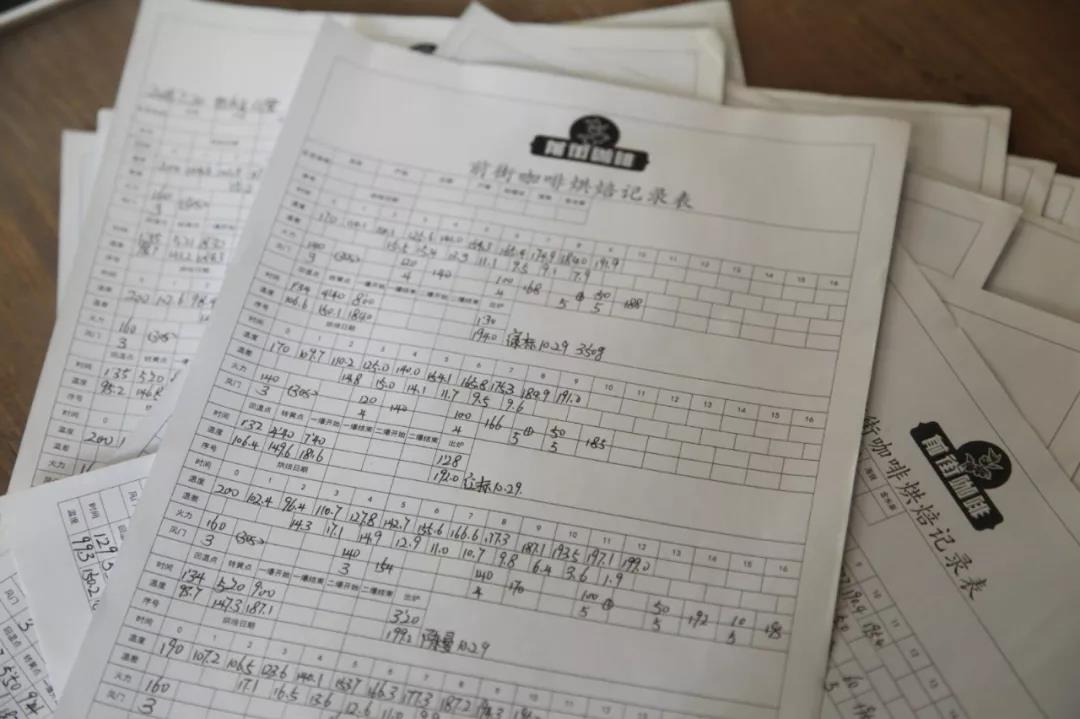
In addition to daily production, baking curves and cup tests are often fine-tuned to ensure quality. After all, coffee is a kind of agricultural product, and in the final analysis, it depends on heaven to eat. Under the premise that there are fluctuations in the quality of raw materials, different batches of the same bean have to be roasted and compared, and we have not been able to purchase directly from the place of origin for the time being. there are many variables in the intermediate link, so it is necessary to adjust regularly.
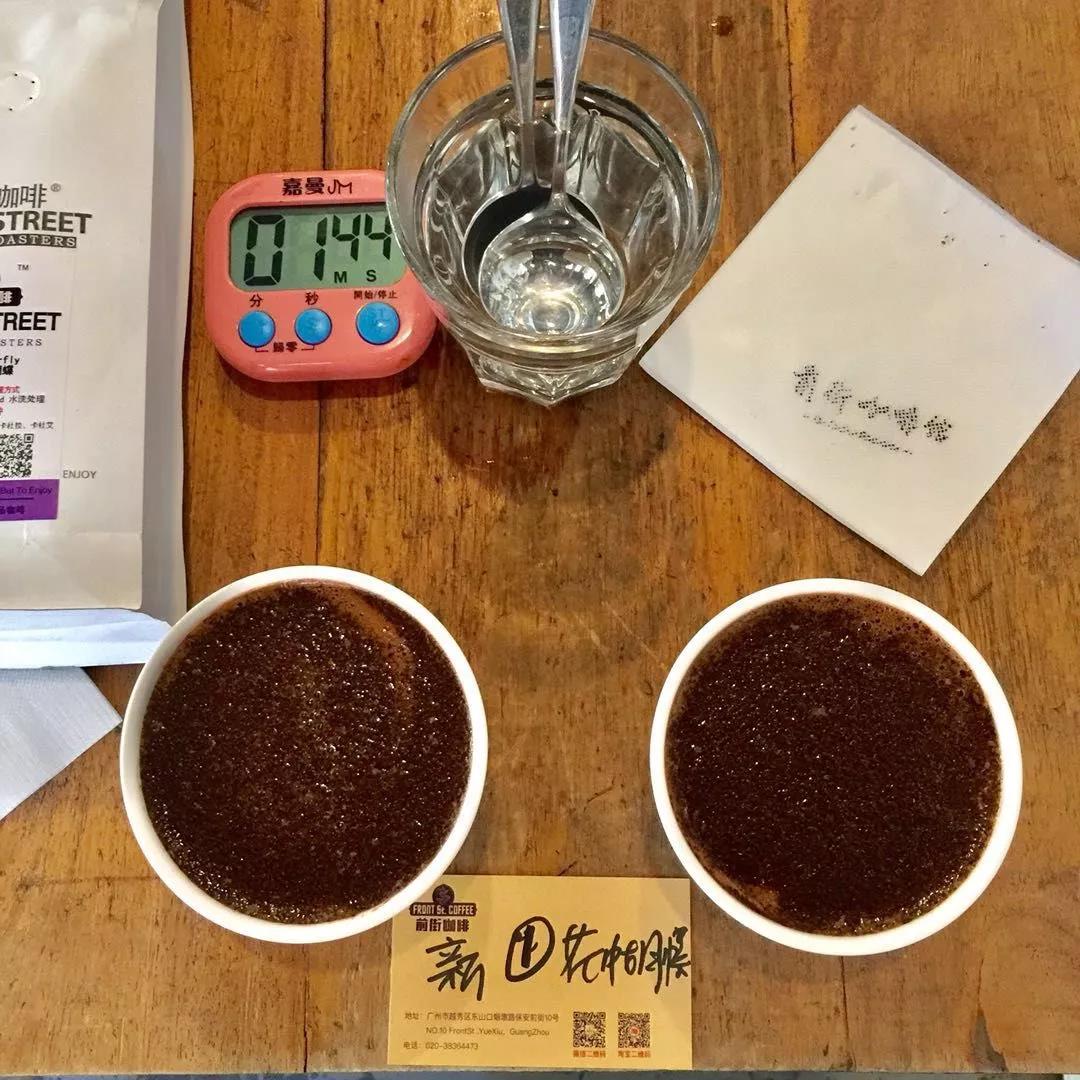
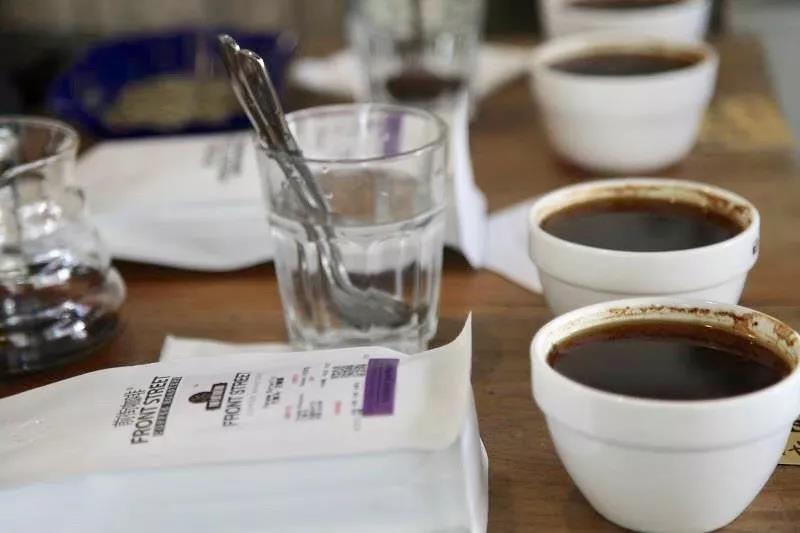
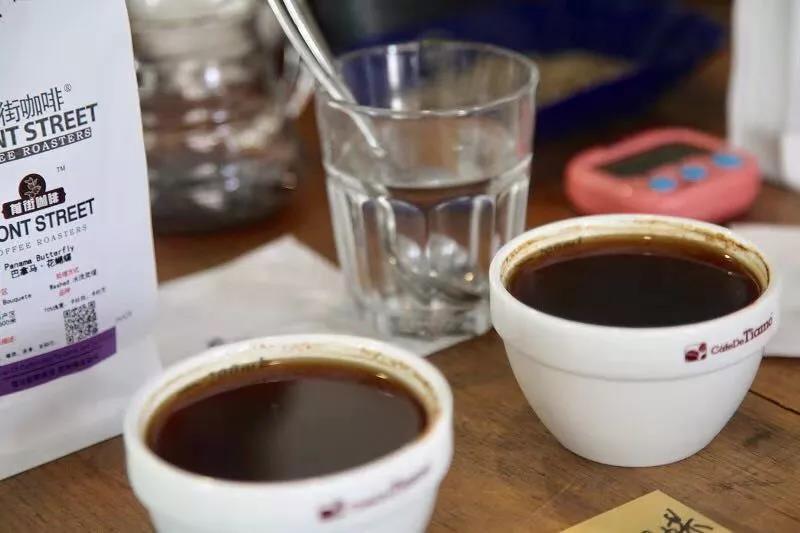
In addition to daily baking and cup testing, bakers also need to do a very important job-identification of raw beans. It must be emphasized that coffee cannot be sold by roasting. We used to be the hard work of the industry, and we were followed by the eagerness of our customers, so it is particularly important for the roaster to show the best flavor of the coffee. We also need to have a comprehensive understanding of each issue of raw beans.
1 | Comparative analysis
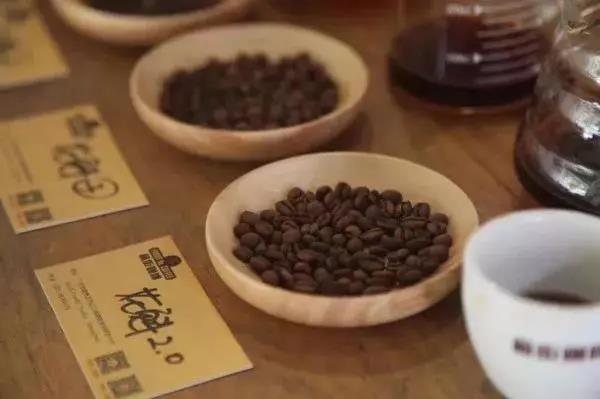
For raw beans purchased in small batches, we should compare the new and old baking, use the same baking method, and then test the cup to determine whether the flavor characteristics are consistent, and if different, we should go through baking adjustment to achieve the same flavor. But if a particular dose of caffeine cannot guarantee its previous quality for various reasons (especially micro-batches or small estate beans), then the next step is needed.
2 | search for beans
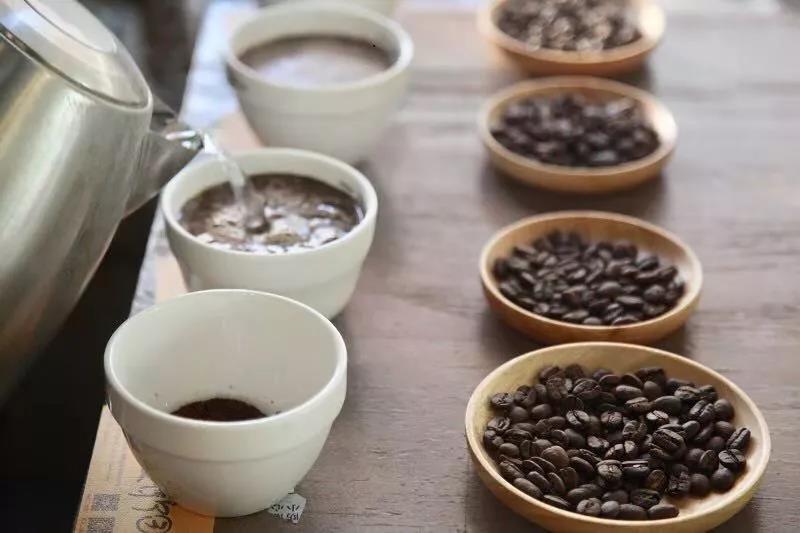
Large raw bean merchants can go to the manor of the producing area to find beans, but as a terminal, our search for beans is relatively "low-cost"-- by understanding the producing areas, elevations, soil, planting and post-processing of coffee beans, etc., purchase beans with similar properties and flavor for baking comparison, to find a suitable substitute, the process is the struggle of alchemists and dishwashers (here omit 10,000 words)
3 | bulk inspection
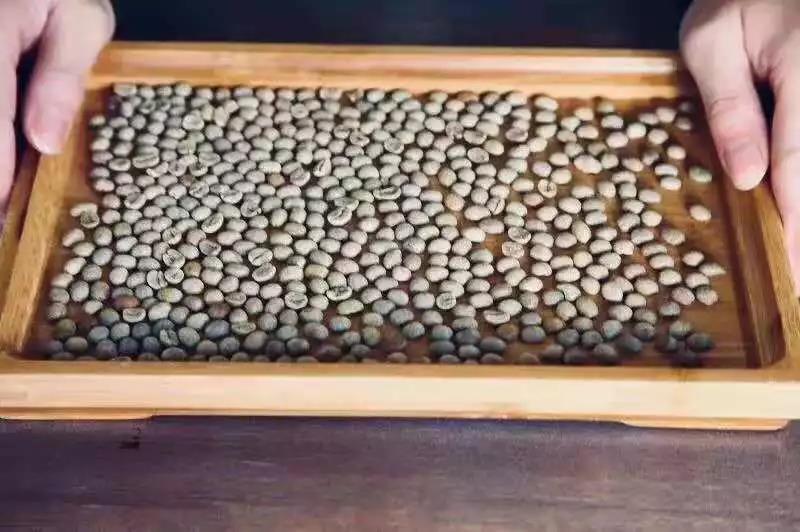
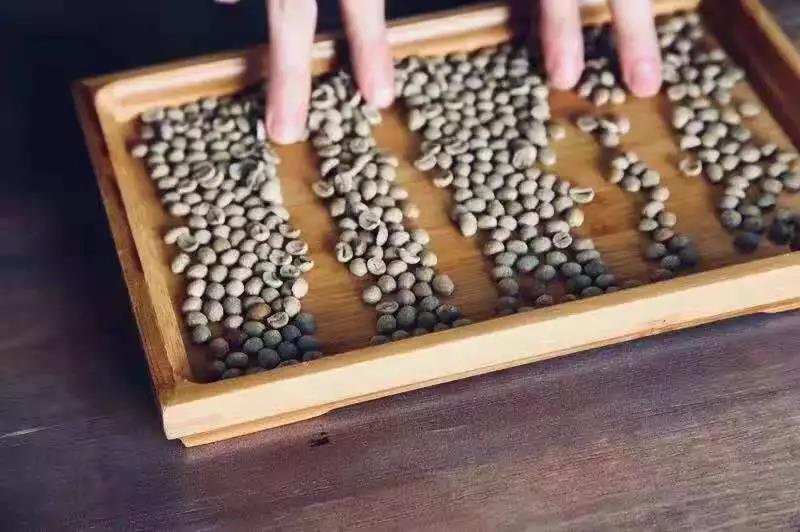
When several large sacks of coffee beans come in, the baker wants to inspect the goods, first of all, to see if the size is the same, the color (moisture content) is the same, sampling to check the defect rate, and so on.
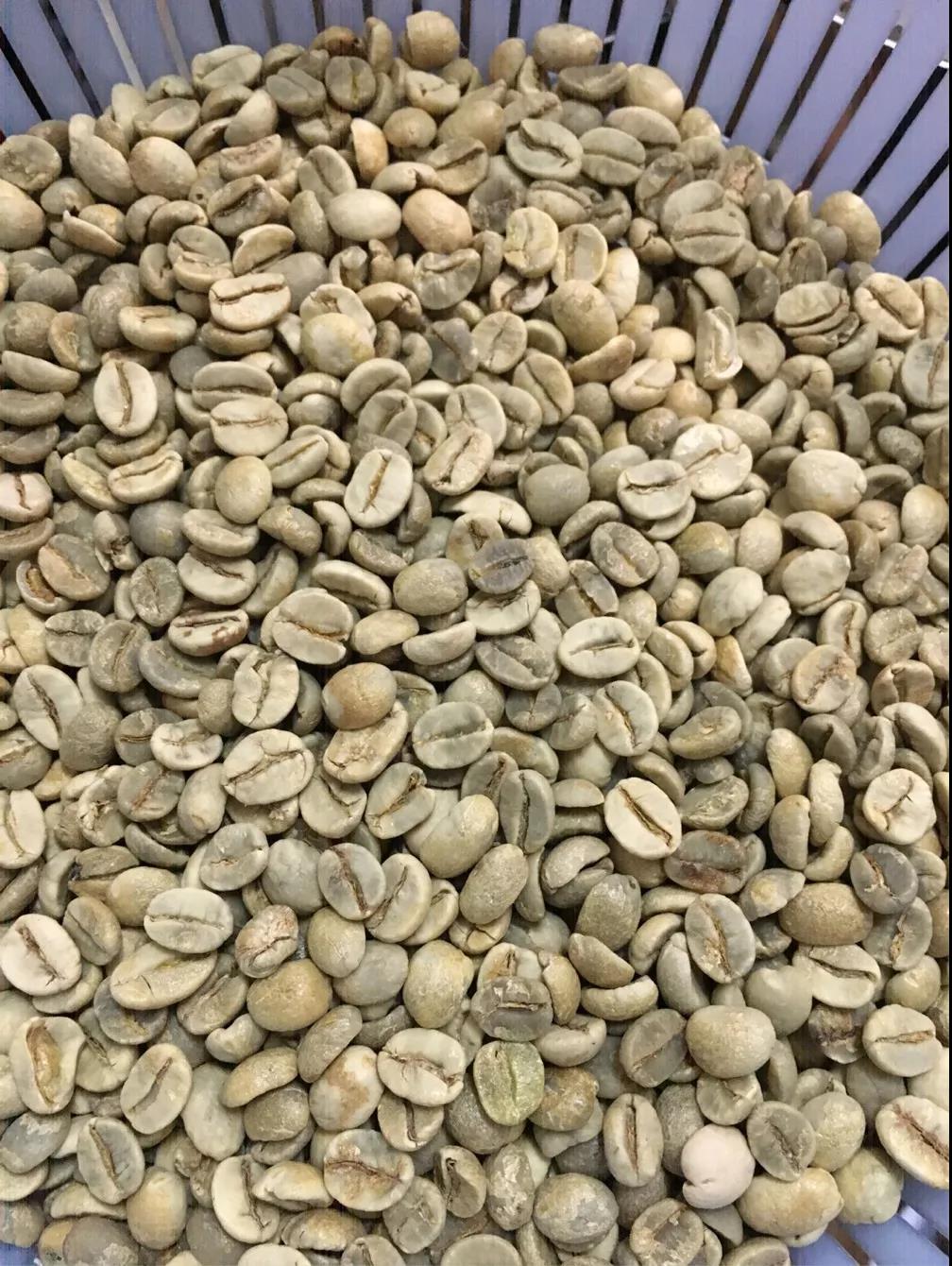
As shown in the above picture, although they are the same beans, the moisture content varies greatly, obviously mixed beans are sold. If you find such raw beans, you should give a return warning-- the difference in moisture content will cause uneven baking. Quality can not be guaranteed-raw bean merchants or terminals should be responsible for the integrity, stability and prosperity of the industry.
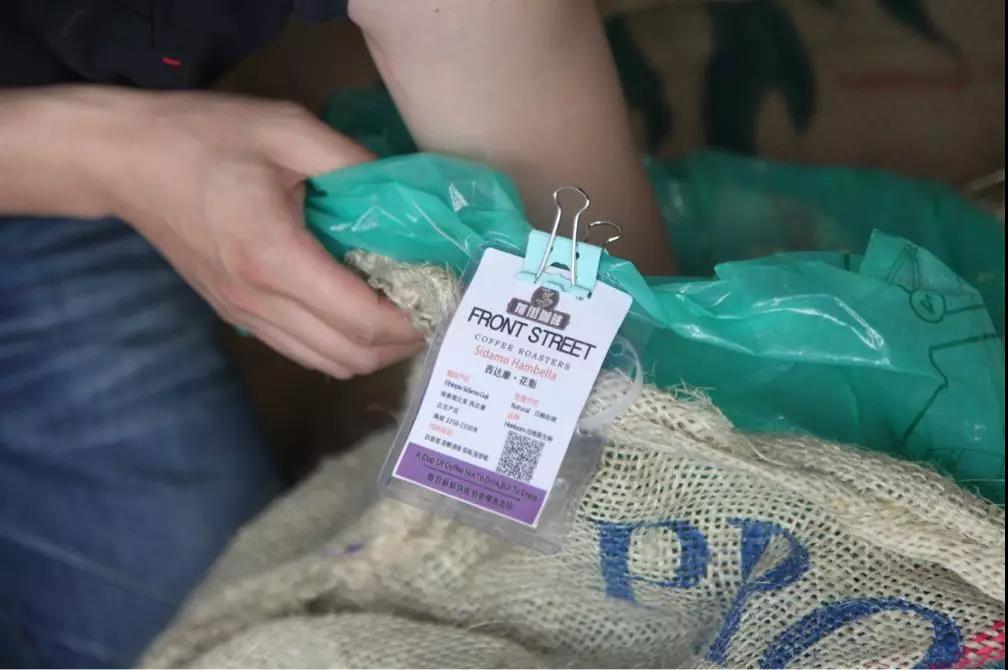
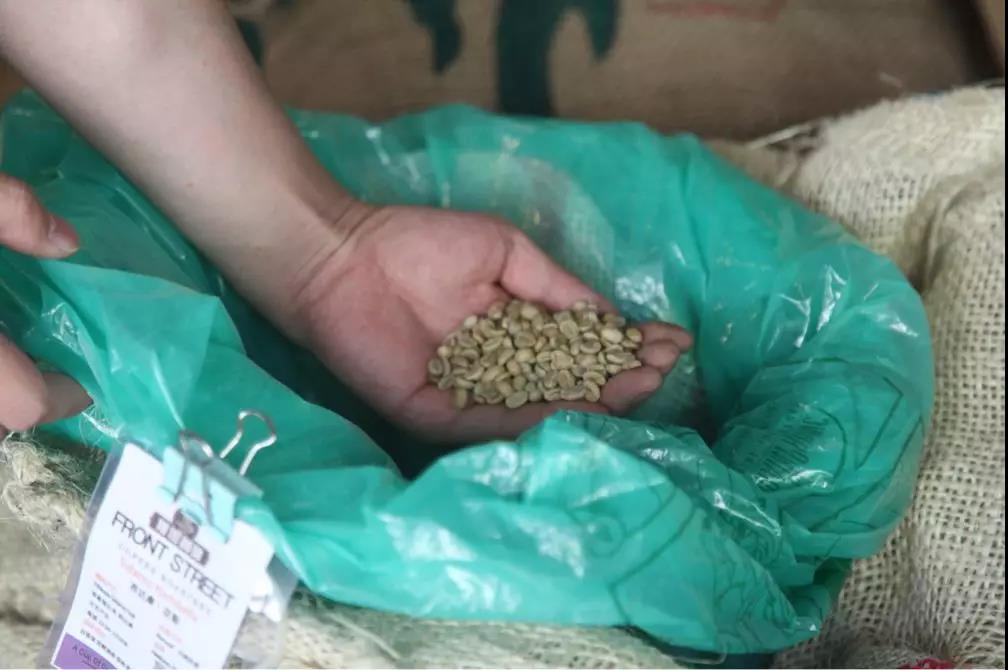
In addition, some mixed beans are mixed with low-grade beans of normal quality, so we have to sample and bake them, and we should not take them lightly.
Sometimes in order to hide people's eyes, normal quality beans will be piled on the top, while poor beans will be mixed in the lower layer, we need to "in-depth" inspection-take 1 inch 3 of raw beans in the upper, middle and lower layers to mix and bake, and then observe the bean shape to see if the color is the same.
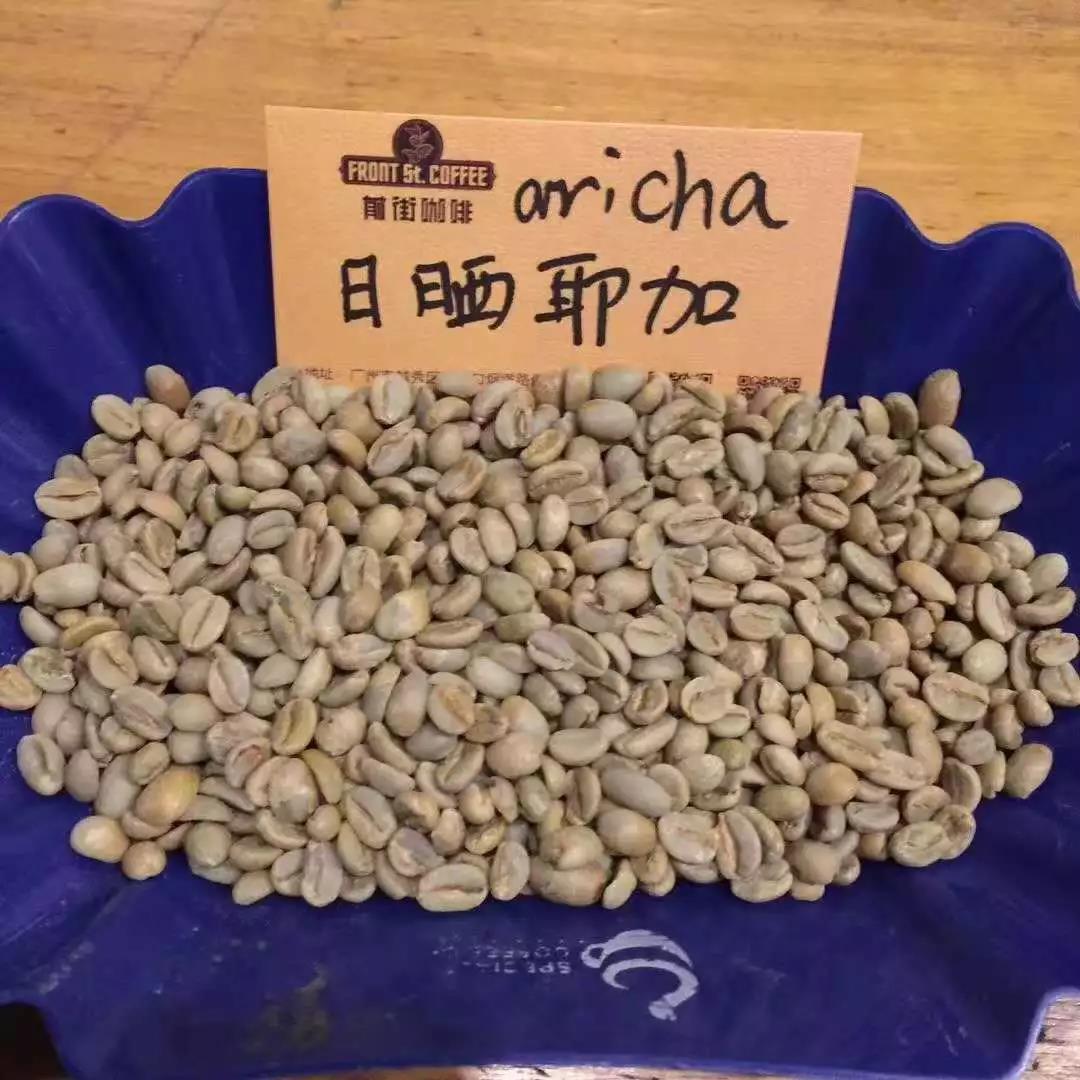
There are some special cases, such as African Ethiopian coffee graded according to raw bean defect rate, bean size may be inconsistent, this is due to the variety of beans, but also the source of their rich flavor. Cooked beans will show a certain degree of uneven color, but as long as they are not obviously different (for example, some are well developed, some are wrinkles or the middle line of beans is cracked and blackened). After the cup test to confirm that the flavor is correct, it is normal. In the identification, the baker should know the classification of the producing area, and finally make an objective analysis through baking and cup testing.
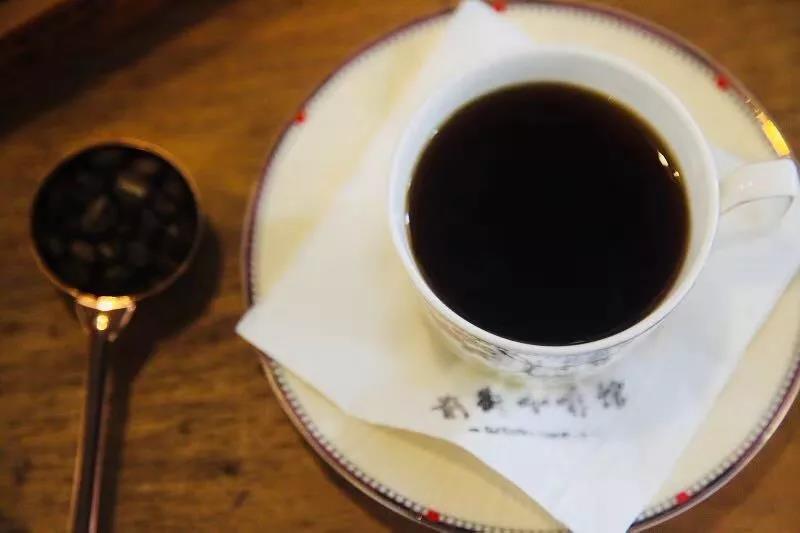
After the roaster and the barista identified the golden eyes and adjusted the sense of taste and smell, a boutique coffee was finally presented to everyone.
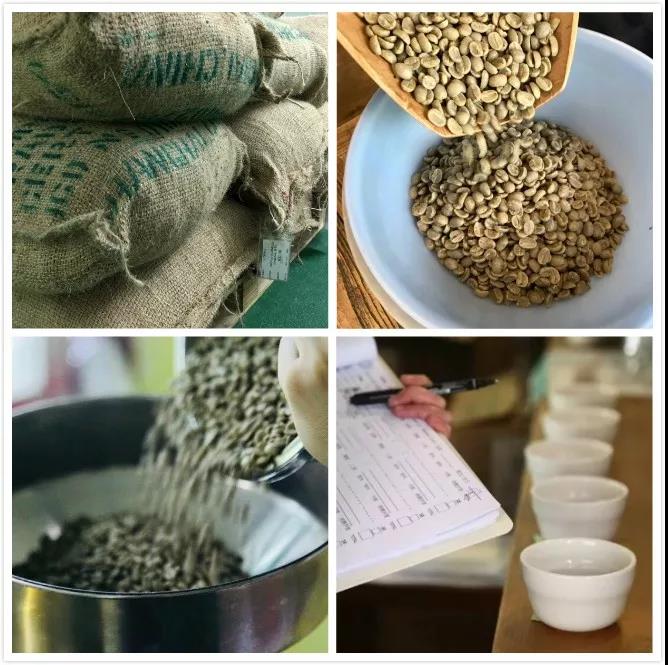
These are the meaningful daily lives of Qianjie boiler workers.
Important Notice :
前街咖啡 FrontStreet Coffee has moved to new addredd:
FrontStreet Coffee Address: 315,Donghua East Road,GuangZhou
Tel:020 38364473
- Prev
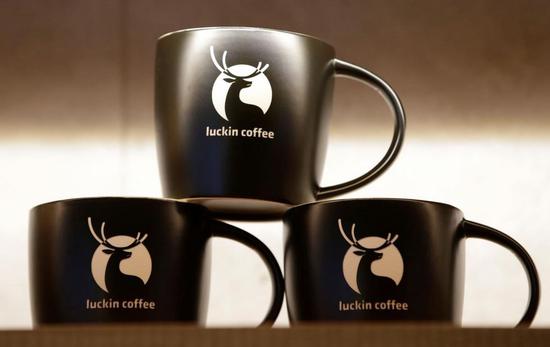
Luckin Coffee responded quickly to the report of a new round of financing: no comment
Professional coffee knowledge exchange more coffee bean information please follow the coffee workshop (Wechat official account cafe_style) Beijing time 6 news, Reuters on Tuesday quoted sources as saying that Luckin Coffee is planning a new round of financing of 200 million to 300 million US dollars, raising the company's valuation to 1.5 billion to 2 billion US dollars. Luckin Coffee was founded at the beginning of this year and announced the completion of US $200m An in July this year.
- Next
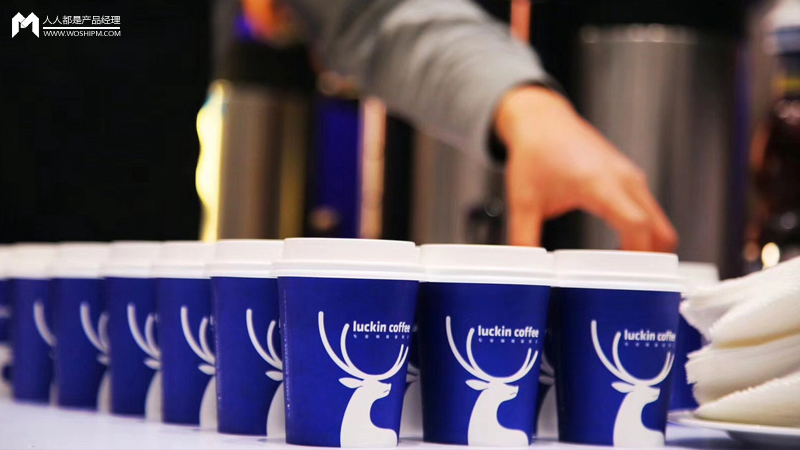
Luckin Coffee set a sales record for double 11 and sold 18.2 million cups of coffee in 7 days!
Professional coffee knowledge exchange more coffee bean information please follow the coffee workshop (Wechat official account cafe_style) 7-day sales of 18.2 million cups! A new record has been set in the global coffee industry. Luckin Coffee, the second largest new chain coffee brand in China, announced today that 18.2 million cups of drinks were sold during the 7-day Singles' Day first luckin Carnival, creating a domestic
Related
- What brand of black coffee is the most authentic and delicious? what are the characteristics of the flavor of the authentic Rose Summer Black Coffee?
- Introduction to the principle and characteristics of the correct use of mocha pot A detailed course of mocha pot brewing coffee is described in five steps.
- Which is better, decaf or regular coffee? how is decaf made?
- How much is a bag of four cat coffee?
- How about four Cat Coffee or Nestle Coffee? why is it a cheap scam?
- Which is better, Yunnan four Cats Coffee or Nestle Coffee? How about cat coffee? is it a fake scam? why is it so cheap?
- How about Cat Coffee? what grade is a hoax? which instant coffee tastes better, four Cat Coffee, Nestle Coffee or G7 coffee?
- Process flow chart of coffee making-Starbucks coffee making process what coffee tastes good at Starbucks
- The top ten best coffee beans in the world Rose summer coffee or Tanzanian coffee tastes good
- Yunnan four cat coffee is good to drink?_four cat coffee is a big brand? four cat blue mountain coffee is fake?

